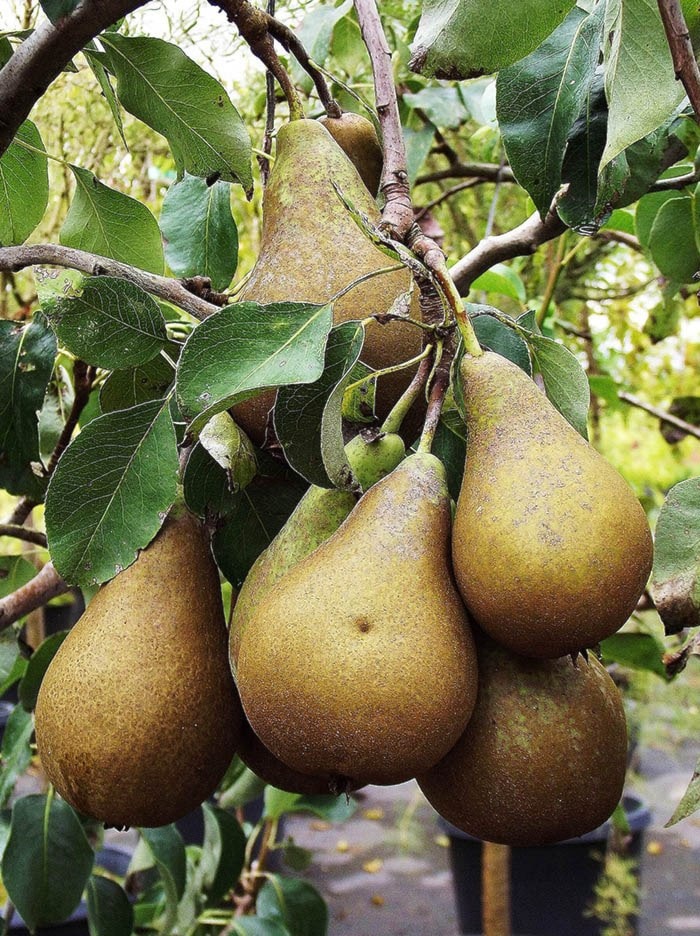I have been helping people design, install and renovate their gardens for well over 30 years now – with landscapes ranging in scope from modest residences, townhouses, estate gardens and commercial rooftops.
If three decades of landscaping has taught me anything, it’s that many of the design mistakes people make are relatively common.
So I thought that I would share a few of these with you today, in hopes that you can avoid them and achieve that perfect garden space sooner, rather than later.
• How big does it get? I have seen a giant redwood (Sequoiadendron giganteum) planted in a foundation bed because this was the garden designer’s signature tree and there was nowhere else to put it. Needless to say, it had to be removed within just a few years (it grows to an average of 150’ tall) and it should never have been planted there in the first place. Had it been left, those vigorous tree roots would have quickly plugged the foundation drains and heaved the sidewalk. So, always purchase a plant that will mature to fill the space you have.
• Pretty isn’t always practical. Everyone loves the English cottage look, but when I ask them if they are prepared to weed constantly and divide perennials, that enthusiasm seems to wane. The other problem with a primarily herbaceous border is its lack of winter appeal – which translates into four to five months of dead sticks and dirt. A better approach is a mixed border with a blend of perennials, broadleaf evergreens (such as Pieris ‘Little Heath’) and even a winter-flowering shrub such as witch hazel or hamamelis.
• Fruits or vegetables? There are far too many permaculture websites out there extolling the virtues of growing vegetables below fruit trees. The truth of the matter is that it is very difficult to grow edibles of any kind under fruit trees due to shading or root competition for available nutrients and water. That said, many fruit trees can be espaliered or flat-trained against fences or garage walls a few feet away from raised vegetable beds so that they can both peaceably co-exist.
• Do you really need it? When it comes to hard landscape features such as decks, patios and gazebos, far too often they are installed without any thought as to how much they will be used. Case in point: I can recall a rather exclusive British Properties landscape where a beautiful custom-made gazebo (worth $25,000) was built overlooking a lake. In all the years that I took care of that garden, I never once saw it being used by the homeowners, but I did enjoy eating my lunch there.
• Shade-loving grass is an oxymoron. While there are seed or turf blends (with more creeping red fescue) that tolerate partial shade, no lawn survives without sun, it just slowly morphs into moss.
Your best option here is to convert that shaded lawn space using dwarf broadleaf shrubs such as Christmas box (Sarcococca humilis) or evergreen groundcovers like Japanese spurge (Pachysandra terminalis).
For those of you looking for a little more garden design inspiration, I will be giving a talk on “The art of gardening” at the ACT’s Tea Garden fundraiser on Sunday, June 1 at 1:30 p.m. Part of my presentation will include a rarely-seen image of 10-year-old me complete with 1970s checked shirt, a Beatle’s haircut and aerodynamic ears – that alone should be worth the price of admission.
– Mike Lascelle is a local nursery manager and gardening author (hebe_acer@hotmail.com).
